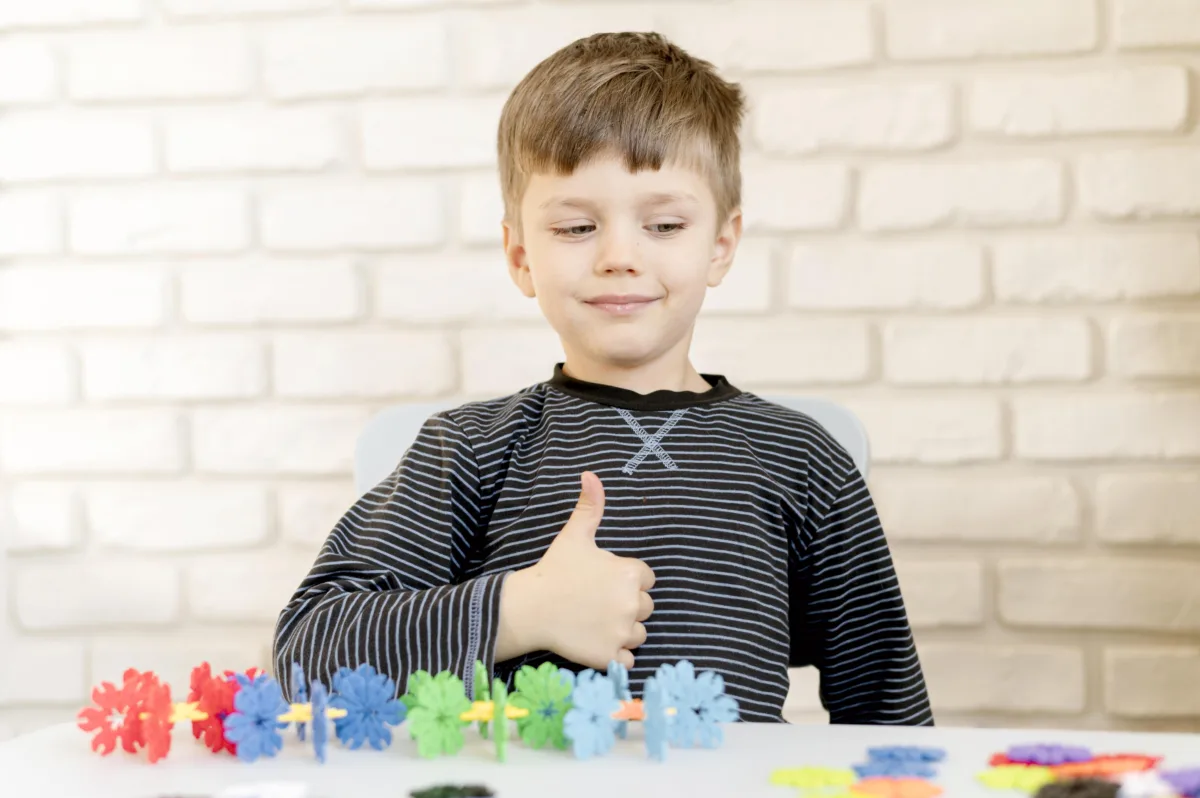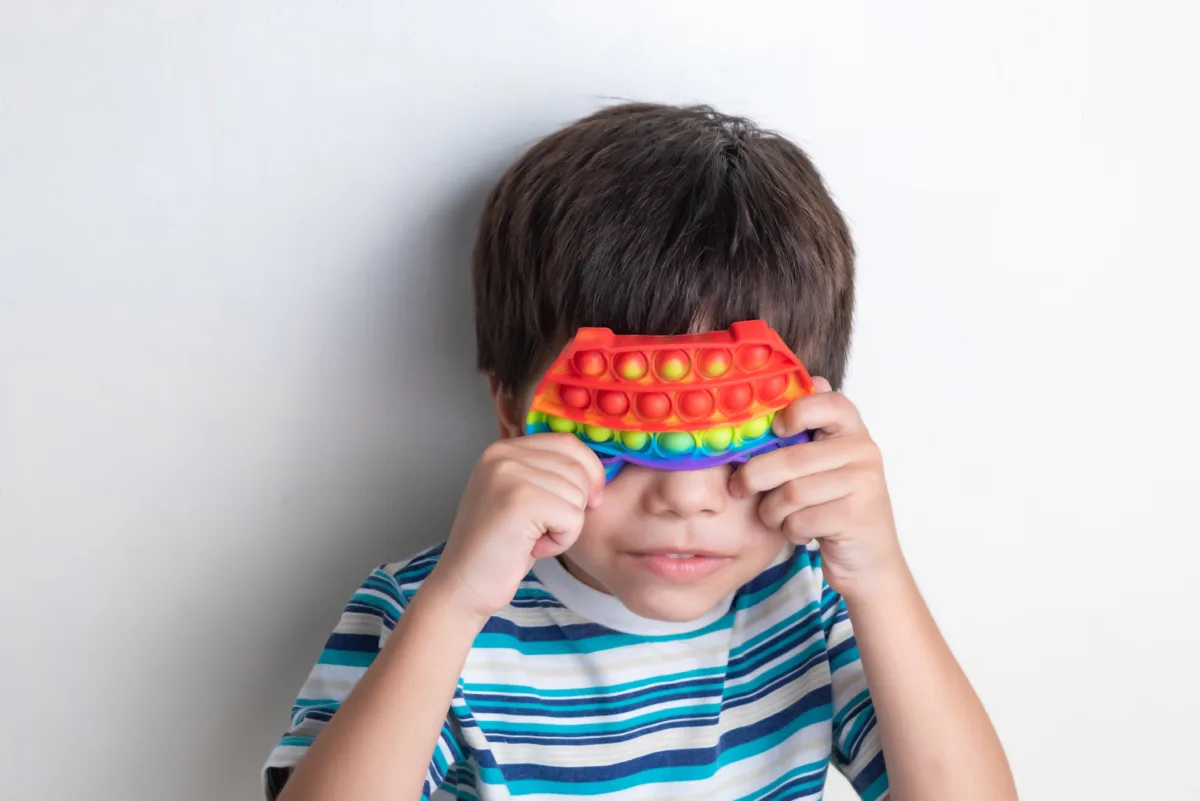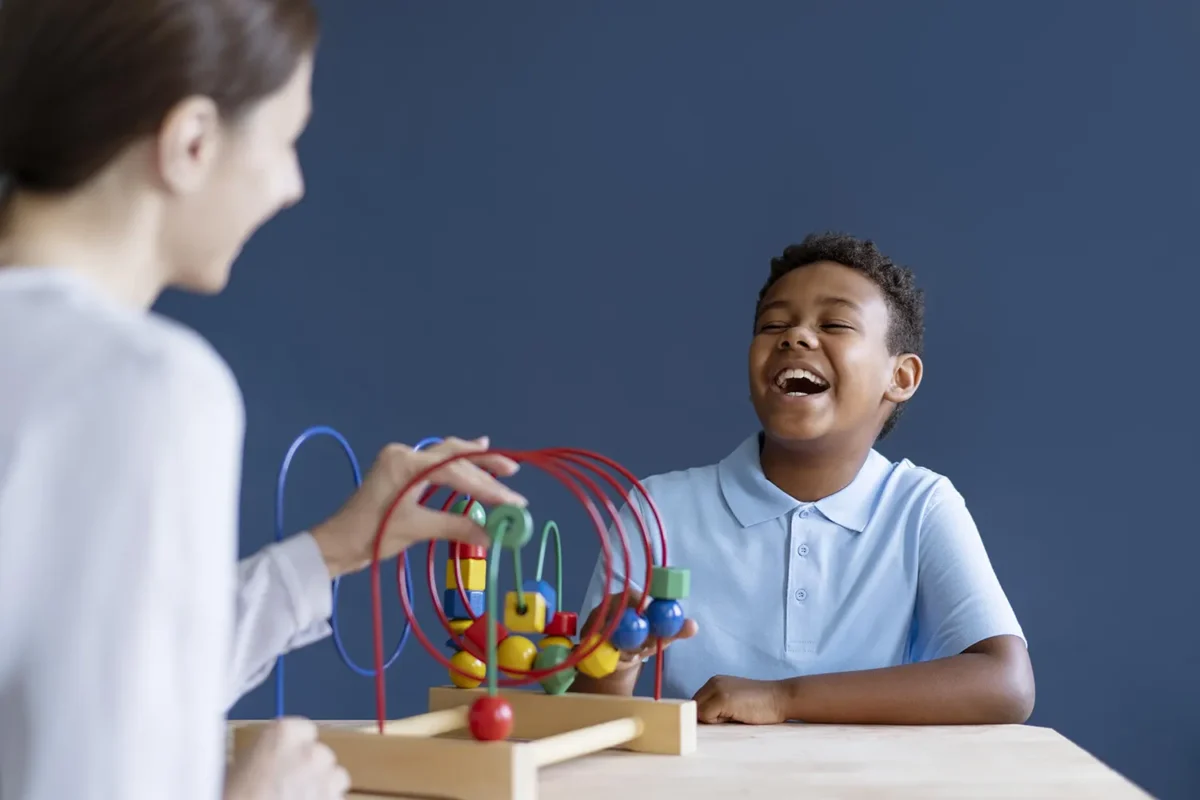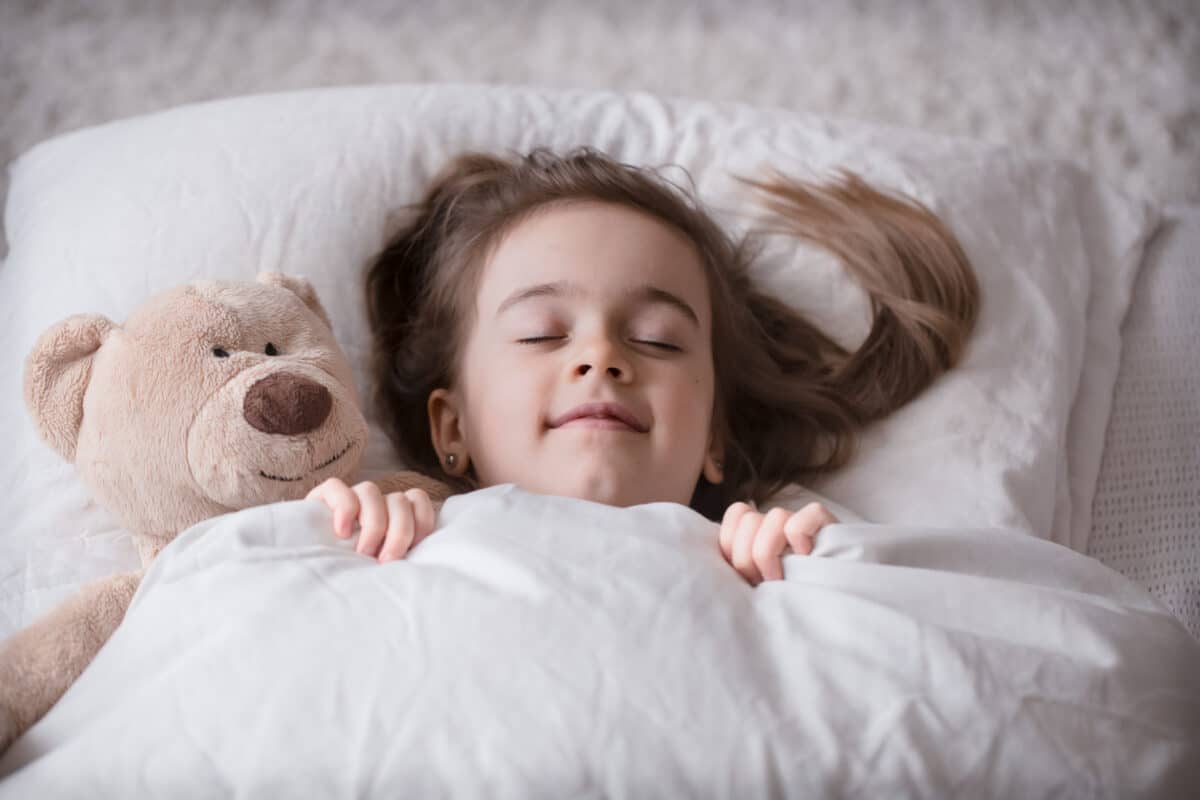How To Make Bedtime More Relaxing For Kids With ADHD
Attention Deficit Hyperactivity Disorder in kids has a very big impact on their sleep because they are hypersensitive to environmental stimuli and their bodies react more strongly, making it harder to turn off their brains and settle down for sleep.
Our research has shown that 20 percent of these children have difficulty falling or staying asleep. That’s three times the rate among children who don’t have the condition.
Sleep is important for your child’s ability to focus and concentrate, mood, general health, and well-being. If the child is not getting enough sleep, once they wake up they will be having the symptoms like
Having a sleep disorder in addition to ADHD isn’t easy. However, with the right treatment and lifestyle modifications, you can greatly reduce your child’s ADHD symptoms and improve their sleep.
One of the best things you can do to help your child sleep better with ADHD is to follow good sleep hygiene: the habits conducive to regular, restful sleep. These are good habits for anyone to follow, but they’re especially important for those prone to poor sleep, such as children with ADHD.
A few things that can be done to improve the sleep pattern are by designing the child’s sleep schedule which can be followed in a daily basis, diet schedule, exercise schedule and relaxation techniques and a few things that can be done to the room which can help in improving the quality of sleep is by using blackout curtains keeping the room very dark.
Discuss the importance of establishing a consistent bedtime routine to signal to your child’s brain that it’s time to wind down. Provide tips for creating a predictable sequence of calming activities such as bath time, reading, and gentle stretches.
Offer suggestions for creating a sleep environment that promotes relaxation, including minimizing distractions, ensuring comfortable bedding, adjusting lighting, and considering the use of soothing scents or white noise.
Explore various relaxation techniques that can be helpful for kids with ADHD, such as deep breathing exercises, guided imagery, progressive muscle relaxation, or using sensory tools like weighted blankets or fidget toys
Bedtime can often be a challenging time for children with ADHD, as their restless minds and bodies find it difficult to wind down. However, with a well-planned and soothing routine, you can transform bedtime into a peaceful and relaxing experience for your child.
In this blog post, in collaboration with Jeevaniyam, we will explore practical strategies and techniques to help make bedtime more calming and restful for kids with ADHD. By implementing these strategies, you can create a serene sleep routine that promotes better sleep quality and overall well-being for your child
With patience, understanding, and a carefully crafted bedtime routine, you can create a more relaxing and restful sleep environment for your child with ADHD. By implementing the strategies outlined in this blog post, in collaboration with Jeevaniyam, you can help your child unwind, enjoy better sleep quality, and wake up refreshed each morning.
Remember, each child is different, so it may take some trial and error to find the strategies that work best for your child. Stay consistent, provide reassurance, and celebrate the small victories along the way as you navigate this journey towards a more peaceful bedtime routine.
At Jeevaniyam, we help your child to manage and to eliminate feelings of anxiety and thoughts that keep them from falling asleep through Cognitive Behavioural Therapy (CBT). We also provide Sensory Integration Therapy and Ayurveda treatments that help promote normal sleep.










